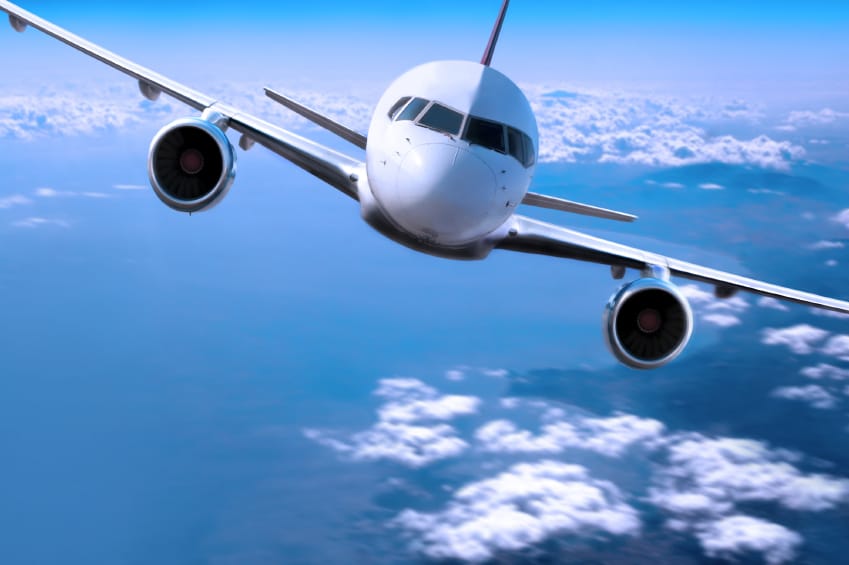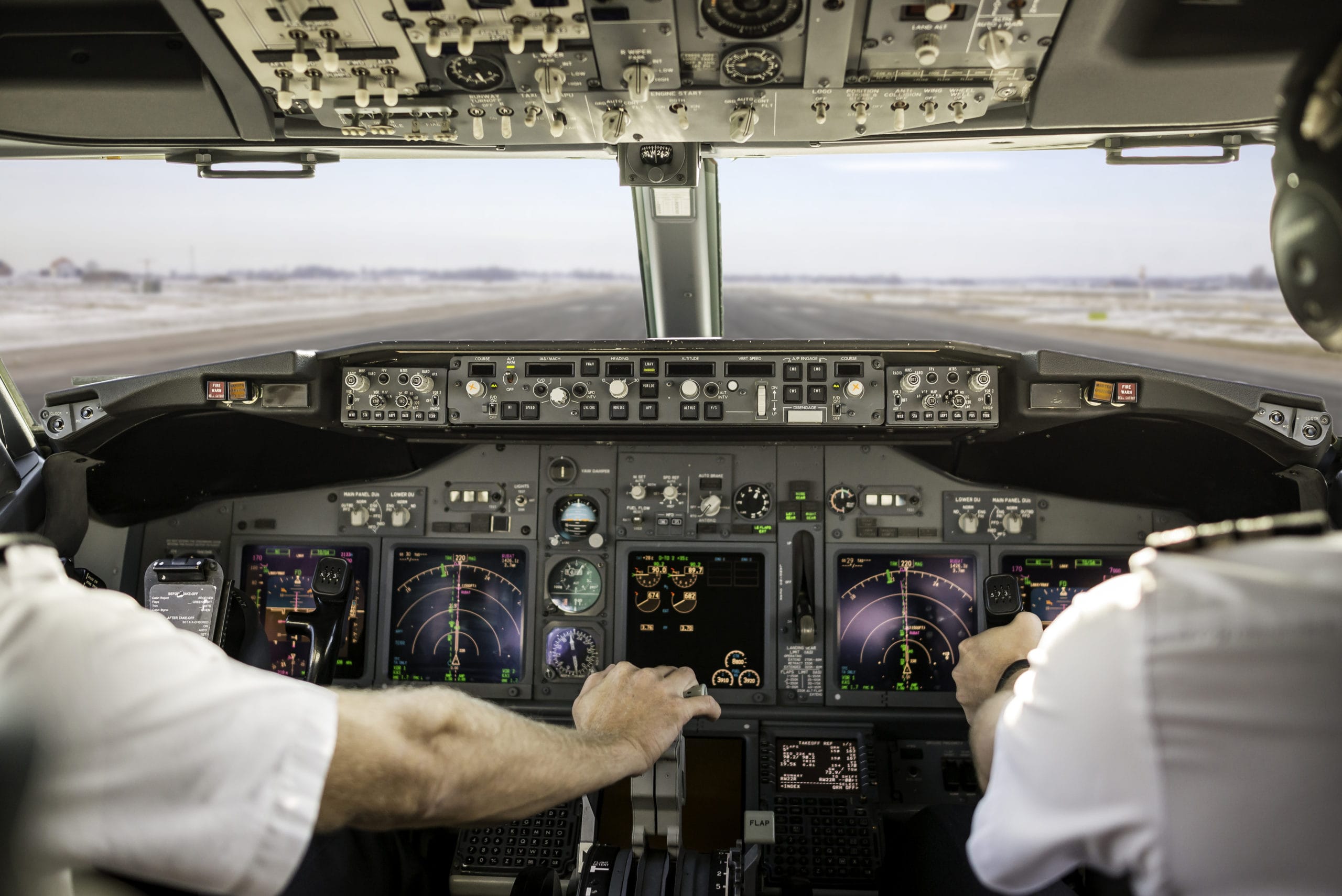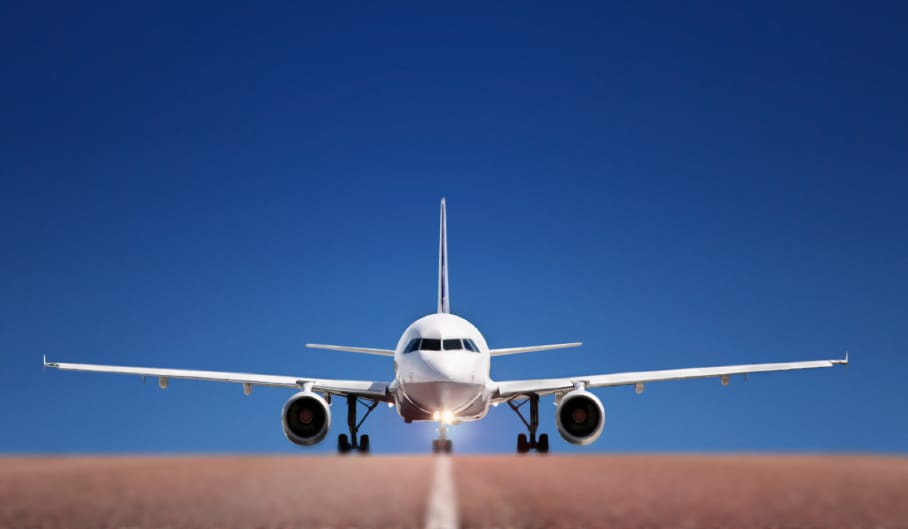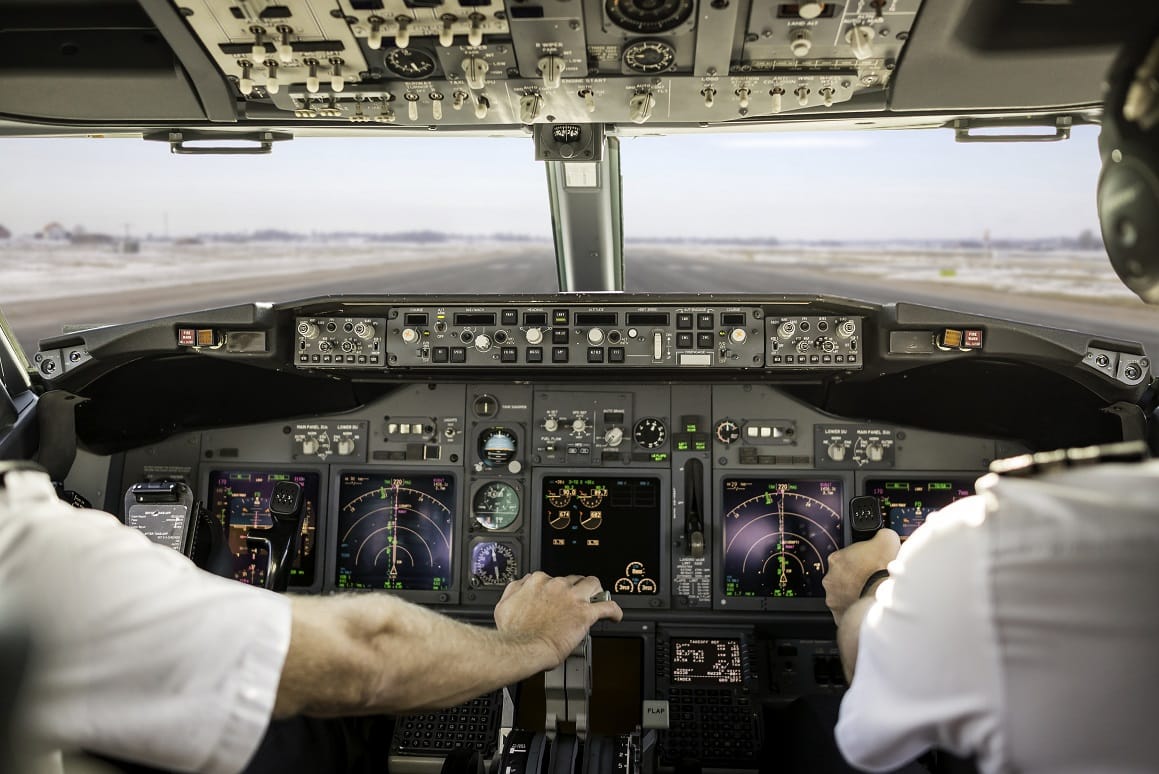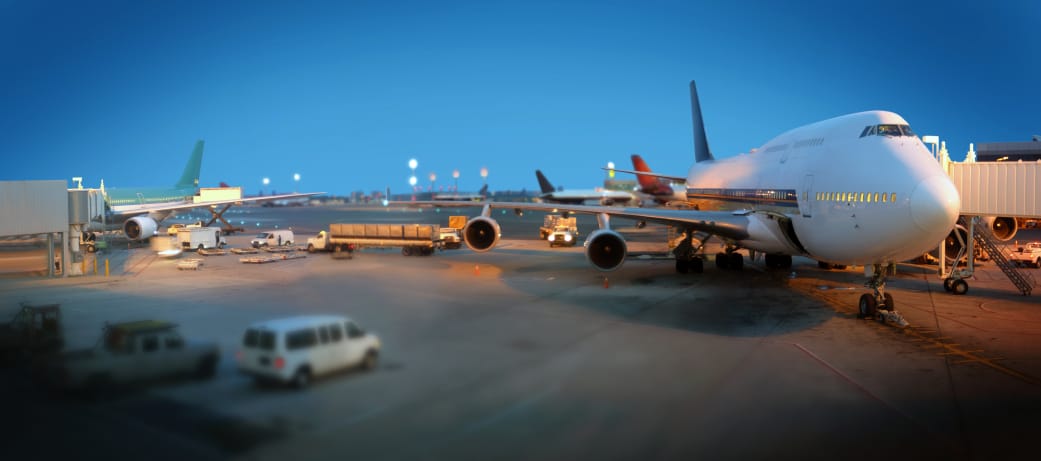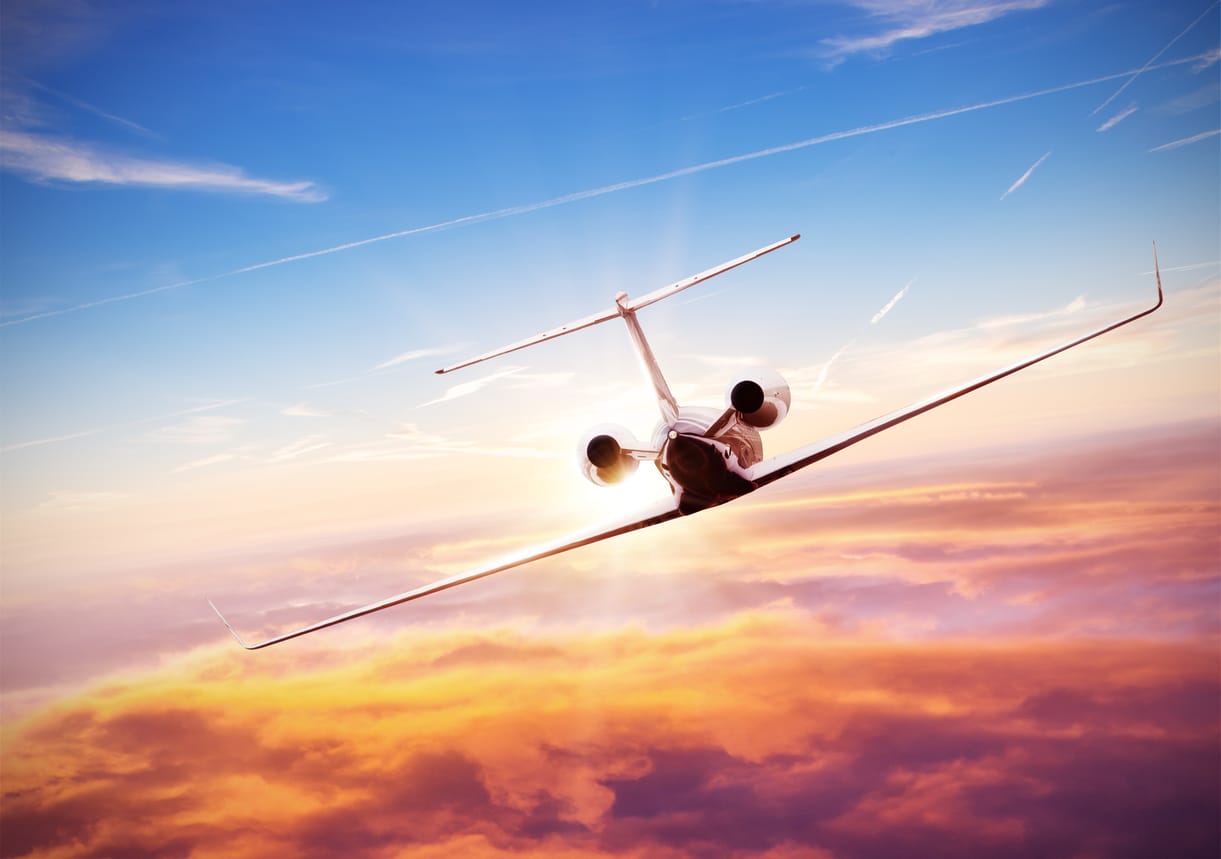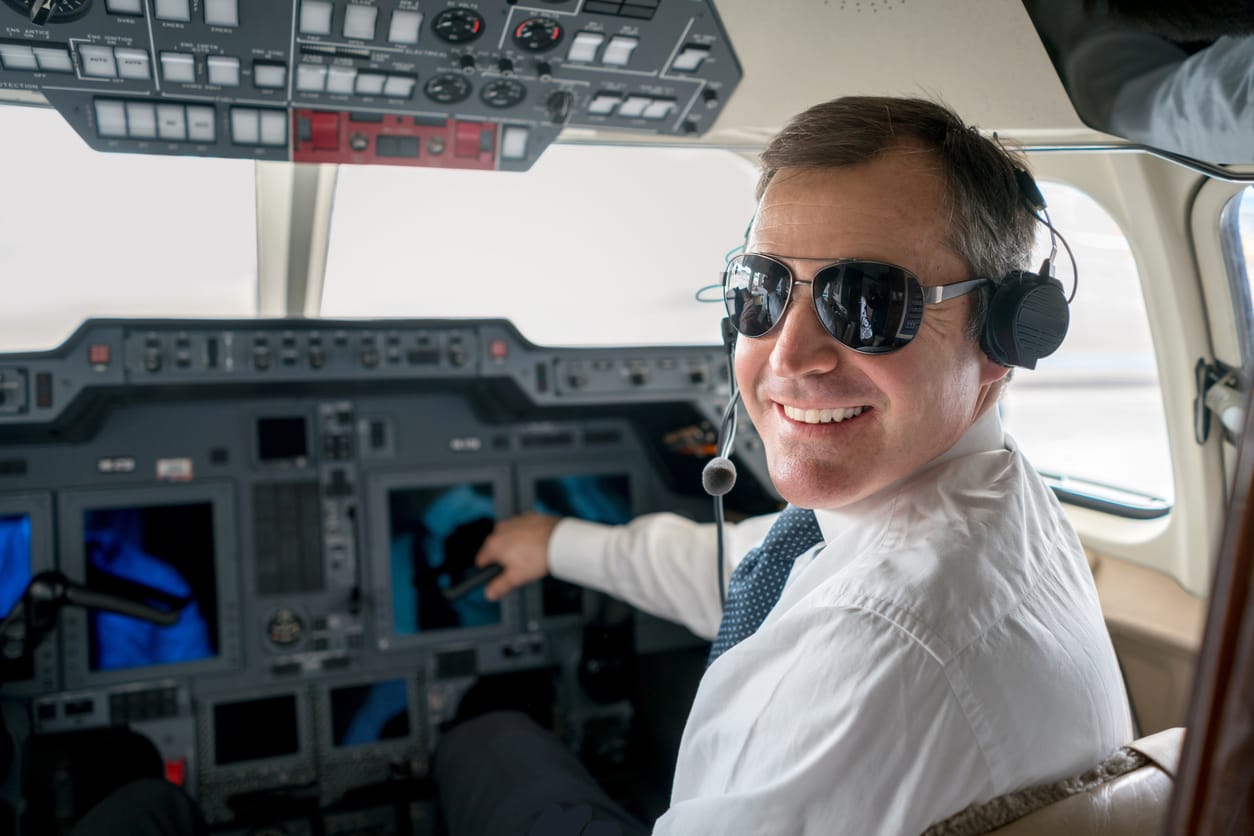There are many paths a pilot can take to commercial aviation. It’s an excellent time to begin a career in the aviation industry; career opportunities abound due to an ever increasing pilot shortage. Depending on education level, physical location, and professional goals, the path to a life in commercial aviation is as customizable as the pilot. Doing research on market conditions while adjusting to shifts in the industry are part of forging one’s way through commercial aviation
Beyond flying fighter jets, becoming an air racer, or participating in an aerial demonstration team, becoming a commercial pilot is considered the gold standard in aviation for demonstrating that one is an accomplished, safe aviator. A career in commercial aviation requires dedication and a clear understanding of not just aeronautics, but also weather systems, business practices, communication, and customer service. Serving as a commercial pilot means that many lives are literally in one’s hands many times a day. Fully comprehending this, as well as the responsibilities surrounding it, is the first step in becoming a commercial pilot.
Technical Considerations
To become a commercial pilot, flight students must first earn their private certificate, then begin work on their commercial pilot training. While not required, some airlines or corporate flight departments prefer pilots to hold a college degree; popular majors include aeronautical science, engineering, or aeronautical studies. At a minimum, the pilot must have a high school diploma.
In most cases, this also involves earning an instrument rating, which frees the pilot to fly in adverse weather conditions. Becoming a commercial pilot involves not just understanding and applying basic aerodynamic principles and safety considerations, but also demonstrating fine command of an aircraft. For some pilots, this will also mean learning to transition from taking charge of the cockpit to becoming a first officer.
Commercial pilots must hold ratings for all classes and categories of airplanes he or she will fly. This involves obtaining single-engine as well as multi-engine ratings. While training, commercial pilot students must gather 250 hours of flight time, only a portion of which is permitted to take place in simulators. Pilot in command time needs to total 100 hours. Commercial pilots must also undertake 50 hours of cross-country time. A knowledge and practical test administered by the FAA is also a requirement. Where medical standards are concerned, the pilot must pass a first-class medical.
Obtaining An Airline Transport License
Typically referred to as “the ATP,” obtaining an airline transport license is the final formal FAA barrier to becoming a commercial pilot, whether for a corporate flight department, an airline, or a regional organization. The ATP is required of anyone who wishes to fly for Part 121 or Part 135 operations. Even if the ATP isn’t required by the FAA for certain jobs, some flight departments require them anyway, because insurance providers offer lower rates to cover pilots who have completed the course of study.
Having an ATP requires 1500 total flight time hours, 500 hours cross-country, 100 hours of flight time, and 75 hours of instrument time. In addition, the pilot holding it must be at least 21. Once these requirements are in place, the pilot must take a knowledge exam. The FAA also requires pilots to take an Airline Transport Pilot Certification Training Program, called the (ATP-CTP.) This involves 30 hours of instruction, as well as ten hours of time in a simulator. During sim time, students typically trade time between acting as captain and first officer.
Choosing Flight Schools and Aviation Universities with Airline Partners
In recent years, it was difficult to forge a full-time career as a pilot. Some airlines even offered “pay to play” programs in which pilots paid airlines to build time in various aircraft types. However, with a worldwide pilot shortage currently deepening, the roles are now reversed, and airlines are now trying to anchor themselves to the pipelines of new pilots.
Some airlines, especially regional ones which subcontract to major airlines, are developing feeder programs with flight schools and aeronautical universities, particularly those who complete a bachelor’s degree. Tuition reimbursement is even available in some circumstances. These partnerships are a mutually beneficial way for students to capitalize on their education and find their way into the aviation workforce. The airline, on its part, is assured a stream of qualified candidates and access to a diverse group of applicants.
Military Experience and Flying As a Veteran
Traditionally, serving in the military was the most popular way to enter into commercial aviation. This is still a path for many pilots. Some choose to apply for a ROTC scholarship in connection with the colleges and universities which offer them. The Reserve Officer Training Corps is connected to the armed services. ROTC scholarships are available with the Army, Navy, Marines, and Air Force. Students who are admitted to the program, or to one of the service’s academies such as West Point, receive scholarships in exchange for a certain number of years of service, usually at least four.
If, while in the military, the graduate becomes a pilot, he or she will build time while undertaking government work and missions. The branch of the military for which the officer is flying absorbs the cost of additional training and earning ratings. When it’s time to separate from the military, many pilots have a choice of jobs. Airlines and fractional ownership outfits usually look favorably on veterans, as they tend to bring time in a variety of jets, a wealth of leadership experience, and a proven ability to learn quickly.
Building Time
Most opportunities for corporate or commercial flying require a threshold of hours as pilot in command (PIC.) There are many ways to gain this time. Many pilots choose to become certified flight instructors. Some pilots choose to tow banners, fly tourists, check pipelines, or participate in aerial photography. Agriculture is a big field for pilots. They can dust crops, spray pesticides, and survey crops. The medical service industry can also use pilots. Emergency services and medical transport companies need aviators as well.
Ready to soar in your aviation career?
Mr. Matthew A. Johnston has over 23 years of experience serving various roles in education and is currently serving as the President of California Aeronautical University. He maintains memberships and is a supporting participant with several aviation promoting and advocacy associations including University Aviation Association (UAA), Regional Airline Association (RAA), AOPA, NBAA, and EAA with the Young Eagles program. He is proud of his collaboration with airlines, aviation businesses and individual aviation professionals who are working with him to develop California Aeronautical University as a leader in educating aviation professionals.
